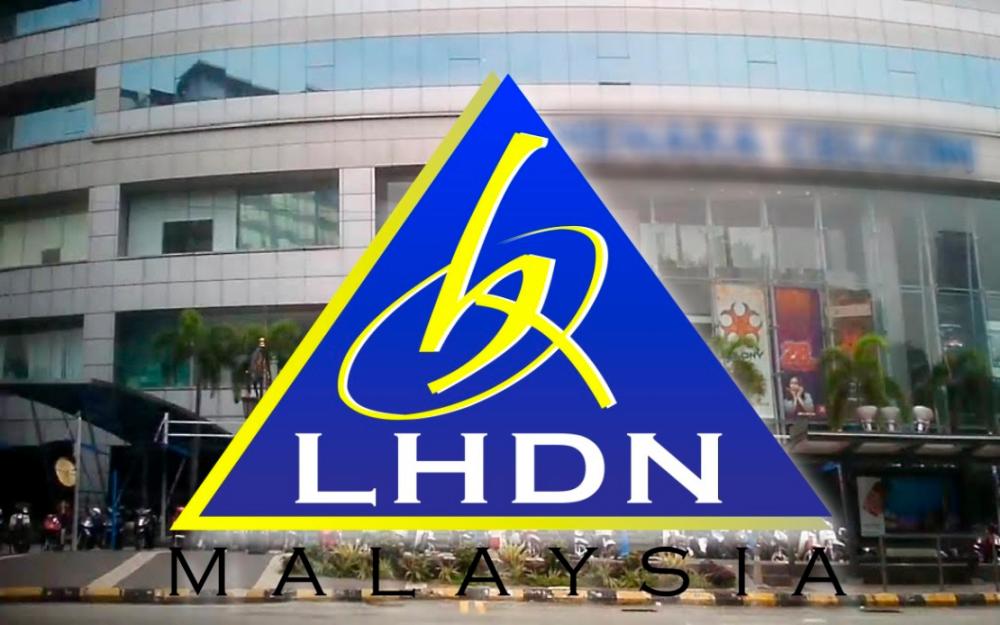BUSINESSMEN, whether operating under a corporate umbrella or otherwise, generally assume that using their own stocks for personal use or transferring it to another business is just an internal affair and should not trigger any tax liabilities.
This is a misconception. The internal transfers do not generate income, but the Inland Revenue Board (IRB) has powers under the law to tax such transfers.
How does it work?
The basis for such income to be triggered is stated in the law that requires stock-in-trade withdrawn from a business for its own use to be accounted for and valued at an amount equal to the market value of that stock withdrawn.
A common situation usually faced by property developers where they decide to use their stocks for rental, long-term investment, or for own use such as office or staff residence, etc. Although the properties have not been sold, the fact that the nature of the property has changed from stock to fixed assets triggers a deemed disposal.
Here, the intention is important. To establish the change in the intention, there must be sufficient documentation which should support the fact. This is an area of constant dispute between taxpayers and IRB.
The tax authorities, in carrying out their activities diligently, will identify such changes of intention through examining the published accounts, the underlying ledgers, public statements, tax computations, changes in the nature of income from the proceeds from the sale of properties to a new source of income such as rental income, and may go even deeper to examine the management minutes, board minutes, director’s resolutions, etc.
If taxpayers disagree with IRB’s contention, then they should have the necessary documentation to rebut the fact that the intention did not change, and the property remains as stock-in-trade.
The phrase “withdrawn for own use” has been defined by the courts to have a much wider meaning. They have defined it as not being confined to just taxpayers having to occupy a building or use the stock themselves. The term “own use” means that the stock can be used by taxpayers in any manner they think fit. It need not be used by the taxpayers themselves.
Stocks in this context can include any stocks, that is, stocks of a trader, a manufacturing company, a service company, corporate entity dealing with money as stock-in-trade, etc. Therefore, the coverage is extremely wide. This is applicable to all businesses that have stock-in-trade.
Importance of valuation and date
If this situation is triggered, it is extremely important to establish the date of the transfer as the valuation will be based on that date. The market value at the date of the transfer must be the price that would be agreed upon between two independent parties undertaking a similar transaction.
Problems can arise
There are situations where real properties that are being held as stocks for a long time without clear efforts being made to sell the properties may trigger a withdrawal of stock. This is a contentious issue between the taxpayer and IRB.
There is a controversial issue where IRB says that if you transfer stock from one business to another business, it tantamounts to a withdrawal of stock. There are different schools of thought on this issue.
This is now becoming a common issue that is regularly coming up in IRB’s tax audits and investigations. Be prepared to face this issue.
This article is contributed by Thannees Tax Consulting Services Sdn Bhd managing director SM Thanneermalai (www.thannees.com).









